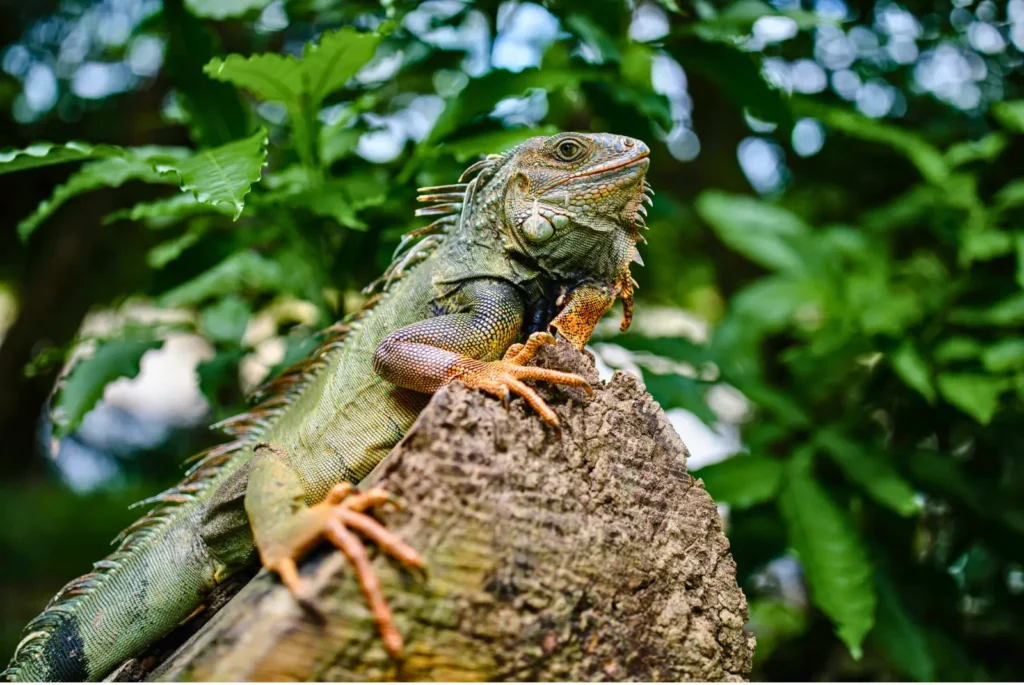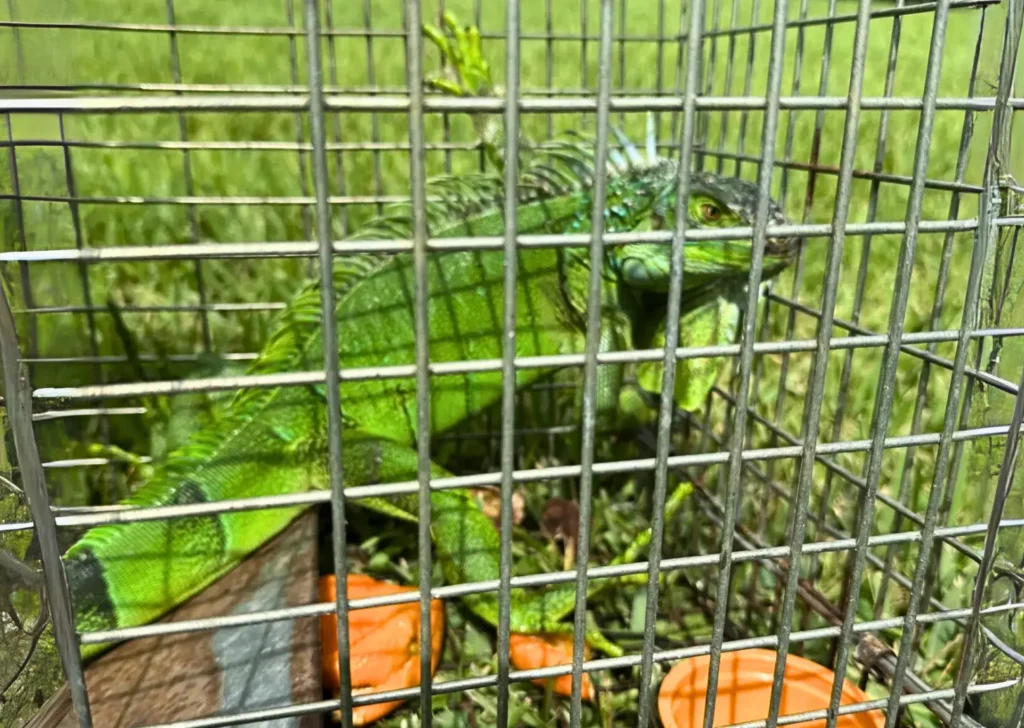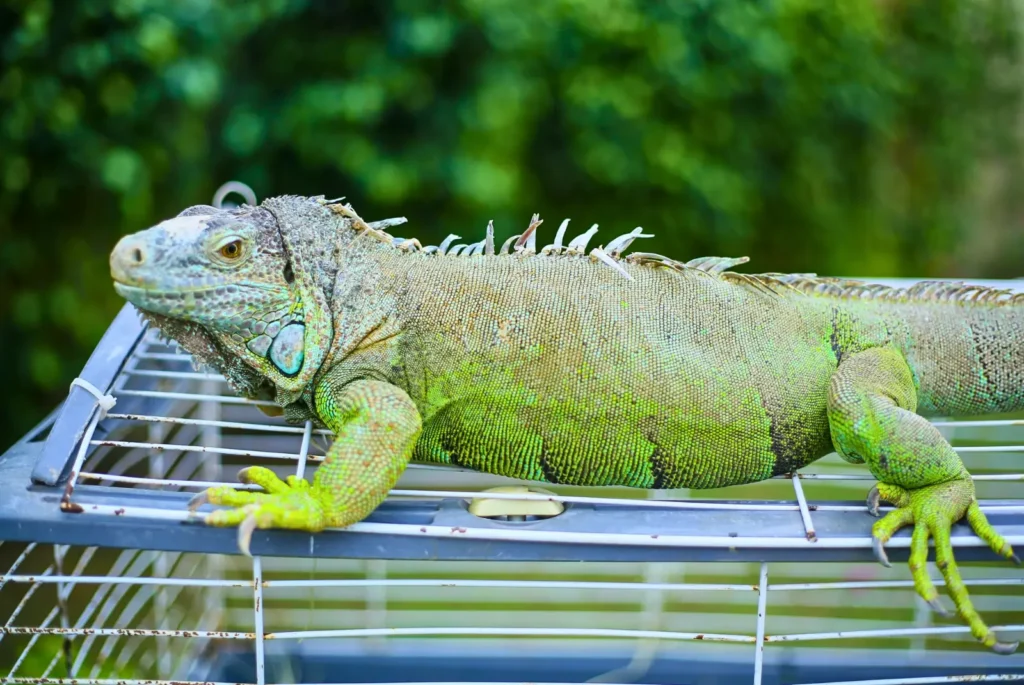How to Iguana Proof Your Yard in 5 Simple Steps
Affiliate Disclosure: Some of the links on this page are affiliate links. This means if you click on a link and make a purchase, Dont Iguana may earn a small commission, at no extra cost to you. We only recommend products and tools we believe are helpful for keeping your Florida property iguana free!
If you live in sunny South Florida, there’s a good chance you’ve spotted a green iguana sunning itself on your fence, burrowing under your patio, or munching on your favorite flowers. These invasive reptiles are more than just an occasional nuisance, they can damage landscaping, dig up foundations, and spread bacteria through their droppings.
The good news? You don’t need expensive equipment or dangerous chemicals to take control. With a few smart adjustments, you can iguana proof your yard and reclaim your space!
Below are 5 effective, beginner friendly steps to get you started to Iguana Proof your Yard:
Step 1: Remove Food Sources
Like most animals, iguanas go where the food is. If your yard or garden has fruit, vegetables, or even pet food within reach, it’s practically an open invitation for iguanas.
Remove any fallen fruit (like papayas or oranges), leafy greens or flowery plants. Look everywhere because there could be food laying around that you didn’t even realize was iguana food. Half chewed mangoes, open compost bins, pet food bowls left outside and even bird seed scattered on the ground can bring unwanted visitors right to your property.
Easy Action Steps to Start Now

Start a daily routine of walking around your yard and picking up any edible debris.

Store garbage and pet food in tightly sealed containers, and consider using a tray under bird feeders to limit seed scatter.
Step 2: Trim and Tidy Up
Iguanas don’t like to be exposed. They thrive in overgrown, shady spaces where they can hide and stay cool. By trimming back overgrown brush or vegetation opens up your yard, reducing their hiding places and make the area feel less hospitable. If they can find a new shady area nearby, you can bet they’ll make their way over there. Grab these clippers, they definitely come in handy.
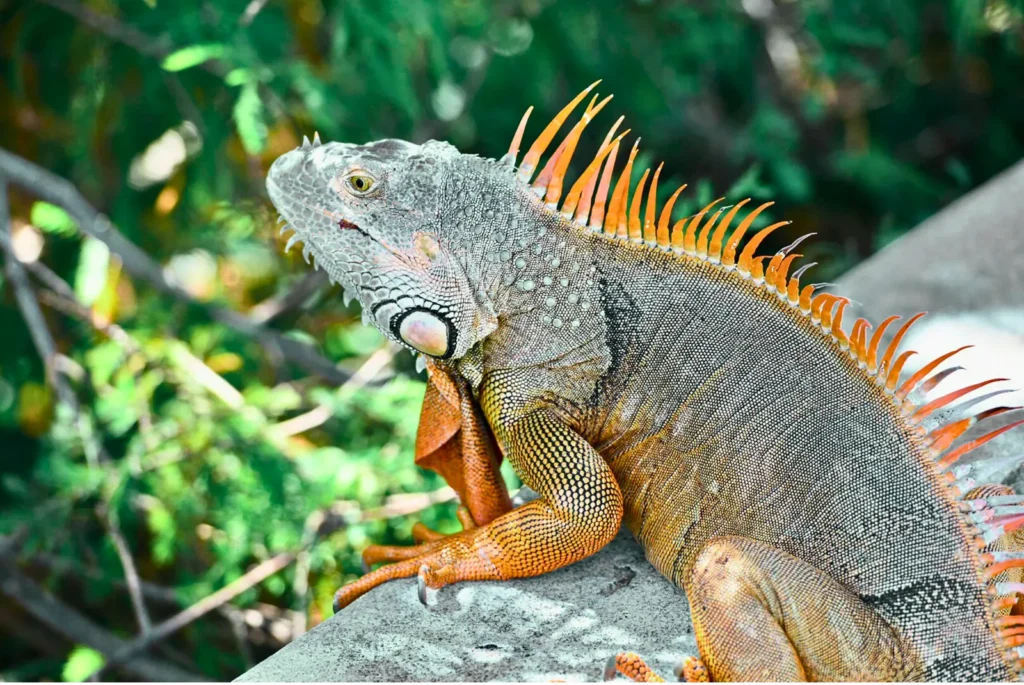
What Type of Plants and Trees to Trim or Prune Seasonally:
- Bushes or shrubs touching fences or walls
- Trees with branches that hang over roofs or ledges
- Dense ground cover roots or vines
- Piles of leaves, wood, or yard debris
Easy Action Steps to Start Now

Create at least a 2 foot clear zone between plants and any hard surfaces like walls, fences, and home exteriors.

Cut branches so they’re not within jumping distance of rooftops or screens.
Step 3: Choose the Right Plants
Did you know that some plants act like a dinner bell for iguanas? Others, though, naturally repel or deter them through taste, smell, or texture. Obviously, we want to keep iguanas out of our gardens and off our patios, so knowing which plants to avoid can be super helpful.

🟥 Iguana Attracting Plants
These are the plants you want to avoid.
- Hibiscus
- Bougainvillea
- Roses
- Lettuce, collards, spinach
- Melons, tomatoes, papayas
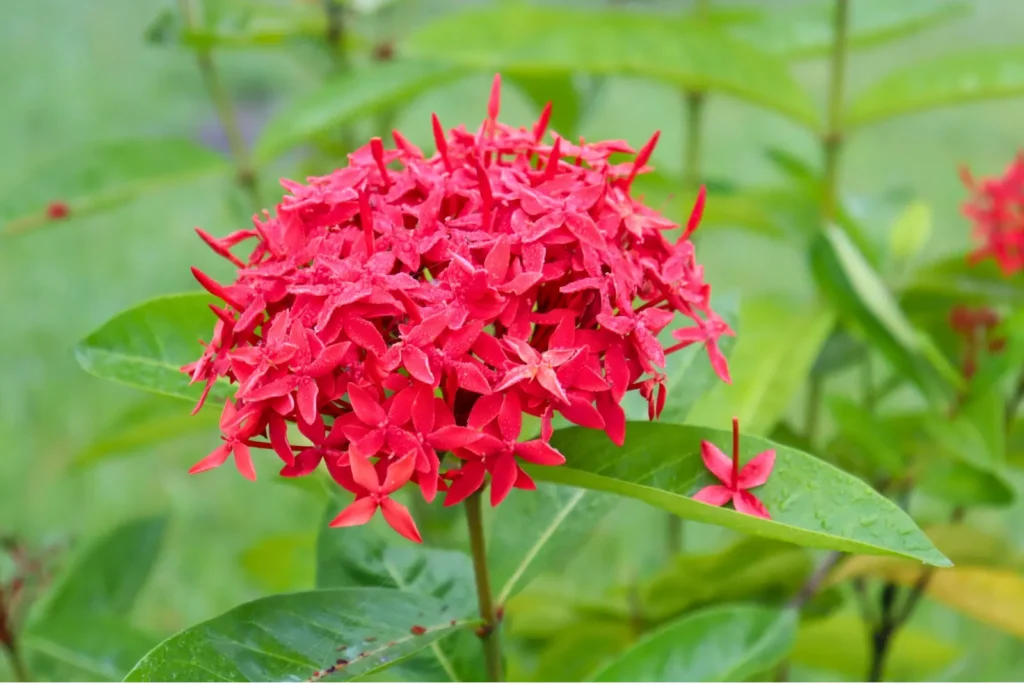
🟩 Iguana Repelling Plants
These are the plants you want to plant.
- Society garlic
- Citrus trees
- Crotons
- Ixora
- Milkweed
Easy Action Steps to Start Now

Use sharp, spiky, or thick leafed plants like agave or bromeliads along fence lines or entry points to discourage climbing.

Start by identifying what you already have planted. If your yard includes lots of their favorite snacks, consider removing or replacing them with plants iguanas find unappealing.
Step 4: Seal Entry Points & Block Burrows
Even with the right plants and yard maintenance, iguanas may try to settle into your property if they find shelter or space to dig. Iguanas are strong diggers and can tunnel into the soft ground, especially under warm surfaces. The crazy thing is, these tunnels can be up to 6 feet long, so if you notice one, it’s important to take care of it right away.
Common Access Points:
- Gaps under fences or decks
- Holes near patios or sheds
- Uncovered crawl spaces
- Spaces between foundation and landscaping
Easy Action Steps to Start Now

Use heavy gravel, compacted soil, or tightly packed rocks to fill or block known entry points as soon as possible.

Bury barriers at least 12 inches deep, this will stop iguanas from digging under.
Step 5: Add Safe and Simple Iguana Deterrents
Once your yard is cleaned up and sealed off, you can add a few extra layers of deterrents to prevent curious iguanas from coming back. None of these tools are permanent fixes, but together, they make your yard less predictable and less appealing to a wandering iguana. Don’t forget, they are creatures of habit, so changing up the scenery can throw them off and help get rid of them.
What Works Well:
- Motion-activated sprinklers (surprising and harmless)
- Reflective tape or moving objects like pinwheels
- Chicken wire mesh around garden beds
- PVC piping angled outward at the top of fences to block climbing
Easy Action Step to Start Now

Pick 1–2 deterrents to try first, and rotate them every couple of weeks. Iguanas are smart so switching things up keeps them guessing. We love these owls.
You don’t need traps, poison, or a professional removal service to get started. If you’re consistent with these five steps, you’ll make your yard less inviting, harder to access, and much easier to maintain in the long run. Start small! Even changing just a few things can make a noticeable difference.
Want a Full Step-by-Step Plan?
No fluff. No gimmicks. Just what works. If you’re ready to go beyond the basics, our Iguana Control Guide covers:
- Humane removal techniques
- Long term yard defense strategies
- Safe, proven deterrents
- Florida regulations (in plain English)
- And more!
